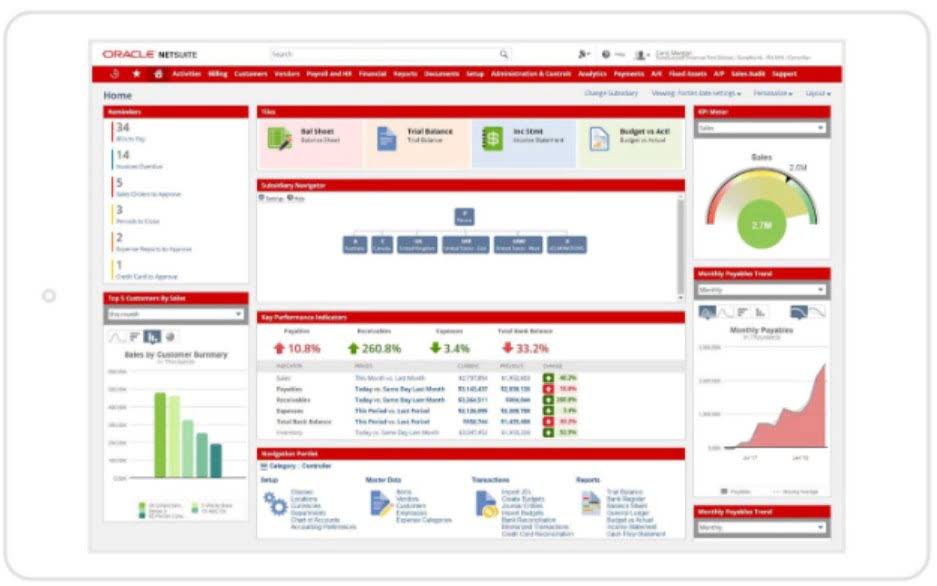5 1: Describe and Prepare Closing Entries for a Business Business LibreTexts
October 13, 2022

Free accounting templates can help you keep your journal entries in order and manage your bookkeeping in a straightforward manner. Imagine comparing two periods side by side; the figures should represent their respective slices of time without overlap or gaps. This chain effect underscores the importance of sticking to a routine closing process and applying the same methods each time. It’s a discipline that creates a clearer, more comprehensible financial narrative, leading to better-informed decisions in the subsequent periods. You can close your books, manage your accounting cycle, issue invoices, pay back vendor bills, and so much more, from any device with an internet connection, just by downloading the Deskera mobile app.
- For example, $500,000 in sales revenue is debited from the revenue account and credited to the Income Summary account, resetting the revenue account to zero.
- Cash payments (“cash disbursements”) include any payments made by cash, check, or electronic fund transfer.
- Our discussion here begins with journalizing and posting theclosing entries (Figure5.2).
- Both closing entries are acceptable and both result in the same outcome.
- Closing entries are essential for resetting temporary accounts and summarizing the financial performance of a period.
- In other words, the temporary accounts are closed or reset at the end of the year.
Choosing the Right Accounting Software? Start Here
This step ensures that the retained earnings account reflects the net effect of both the company’s earnings and the distributions made to shareholders. By completing this process, businesses can start the new accounting period with zero balances in their temporary accounts, ready to record the financial activities of the new period. Moreover, closing entries facilitate the reconciliation of accounts, which is a critical aspect of financial management. By transferring the balances of temporary accounts to permanent ones, businesses can verify that all transactions have been accurately recorded and that the financial statements are complete. This reconciliation process helps in identifying any discrepancies or errors that may have occurred during the accounting period, allowing for timely corrections and adjustments.
What is a Reversing Entry?
- The software automates the four closing entries, which involve closing revenues, expenses, income summary, and dividends to retained earnings.
- These sophisticated tools use advanced algorithms to categorize income and expenses, match transactions, and prepare the closing entries with precision – all with just a click and at the speed of electrons.
- In the above case, a net credit of ₹ 55,00,000 or profit will finally be moved to the retained earnings account by debiting the Income summary account.
- This process aligns with accounting standards such as GAAP and IFRS, which require clear demarcation of financial periods to provide stakeholders with reliable financial information.
- Without this step, temporary accounts would accumulate balances over multiple periods, leading to distorted financial results.
- When you compare the retained earnings ledger (T-account) to the statement of retained earnings, the figures must match.
A company will see its revenue and expense accounts set back to zero, but its assets and liabilities will maintain a balance. In summary, the accountant resets the temporary accounts to zero by transferring the balances to permanent accounts. Accruals are adjusting entries made to record revenues and expenses that have been earned or incurred but not yet recorded in the accounts. This type of entry is crucial for aligning financial records with the accrual basis of accounting. For example, if a company has provided services to a client but has not yet billed them by the end of the accounting period, an accrual entry would be made to recognize the revenue. Similarly, if a business has incurred expenses, such as wages for employees that have not yet been paid, an accrual entry would record the expense in the current period.
- Instead, as a form of distribution of a firm’s accumulated earnings, dividends are treated as a distribution of equity of the business.
- Let’s investigate an example of how closing journal entries impact a trial balance.
- Then you are going to create a journal entry to transfer the balance of each temporary account to the appropriate permanent account.
- The first entrycloses revenue accounts to the Income Summary account.
- In this example, it is assumed that there is just one expense account.
- Using the above steps, let’s go through an example of what the closing entry process may look like.
Temporary vs. Permanent Accounts: The Accounting Cycle Contingent

Temporary accounts are like gusts of wind, present only for a season. They include revenues, expenses, and dividends, and their purpose is to track the financial comings and goings within a specific period. These categories are crucial for the process of identifying potential deductions during the financial year. Once that period closing entries concludes, these accounts are emptied, ready to capture fresh data with the start of a new cycle. Distinguishing between temporary and permanent accounts is fundamental to understanding the closing process.

Timing of Closing Entries

This entry is made at the end of an accounting period by moving information from the income statement to the balance sheet. Inputting a closing entry resets the temporary account balances to zero. Understanding these elements is crucial for accountants to evaluate a company’s financial performance and ensure accurate financial reporting over a specific accounting period. Closing entries prepare financial records for the next accounting period by transferring balances from temporary accounts—such as revenues, expenses, and dividends—to permanent accounts like retained earnings. This process is guided by standards like Generally Accepted Accounting Principles (GAAP) and International Financial Reporting Standards (IFRS), which ensure transparency and consistency in financial reporting. A closing entry is a journal entry made at the end of an accounting period to transfer the balances of temporary accounts (like revenues, expenses, and dividends) to QuickBooks ProAdvisor the permanent accounts (like retained earnings).
How does automation help with closing entries?
Closing the books is one of the last steps in the accounting cycle that is done after the financial statements are prepared. The accounting cycle refers to the steps that a company takes to prepare their financial statements. Remember that expense accounts have a normal debit balance so a credit will zero out their balance and then you can debit the income summary to move it.
Closing Entries
This entry transfers the period’s profitability into the business’s permanent equity. If dividends were not declared, closing entries would cease at this point. If dividends are declared, to get http://ztu.1520mm.com/305-enrolled-agent-salary-nyc-jobs-in-united/ a zero balance in the Dividends account, the entry will show a credit to Dividends and a debit to Retained Earnings.
The revenue, expense, and dividend accounts are known as temporary accounts. They are called temporary because they are used temporarily to record activity for a specific period (the accounting period), and then they are closed into Retained Earnings. To complete the accounting cycle, closing entries must be journalized and posted.
Key Differences Between Adjusting and Closing Entries
From the Deskera “Financial Year Closing” tab, you can easily choose the duration of your accounting closing period and the type of permanent account you’ll be closing your books to. Well, dividends are not part of the income statement because they are not considered an operating expense. That’s exactly what we will be answering in this guide – along with the basics of properly creating closing entries for your small business accounting.

